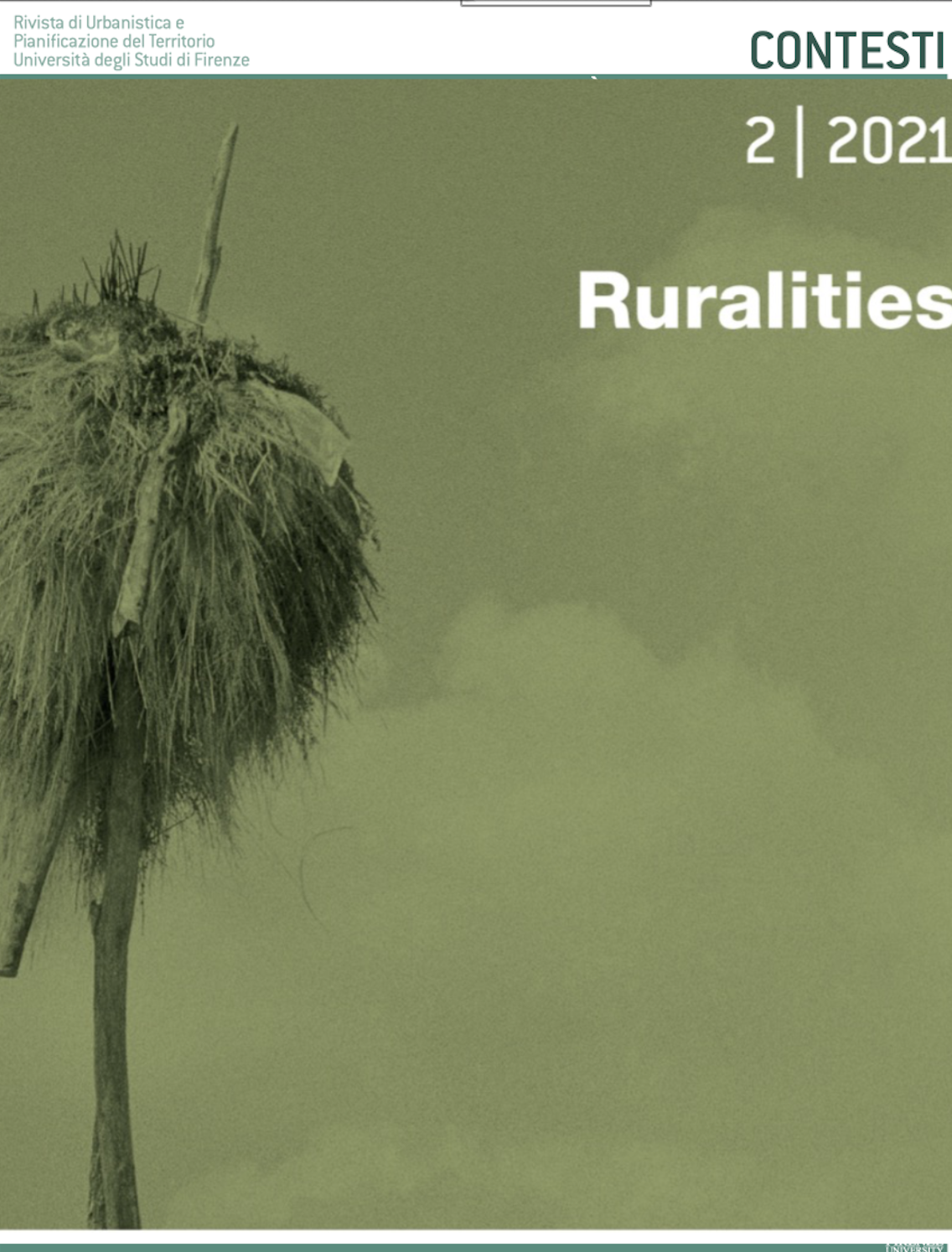CONTESTI 1|2022
Edited by Maria Rita Gisotti and Rosa Romano
In recent years, at the national level, the need to rethink the educational environments and the pedagogical approaches has been a priority of political and cultural reflection, also in light of what happened during the pandemic and the consequent need to review tools and ways of educating (e.g. the way digital innovation has strongly supported education during lockdown periods).
The 2013 MIUR Guidelines and the many initiatives that have taken place over the years (from the ministerial call “Innovative Schools”, to the “Turin makes school” competition, up to experiences such as Priority to School, Education Network, Network of Open Schools, Reggio Children, etc.) have also drawn attention to an idea of school as a symbolic space of the collective and “political” dimension of society. A role reaffirmed by the many public funds, including the recent National Recovery and Resilience Plan, which provide for important investments precisely for the regeneration of school buildings of all types and levels, from now to the next four years. The hope is that precisely from these buildings will start a process of rebirth for the entire urban and social fabric of cities, capable of achieving the goal of quality education for all, respecting the needs of the weakest, in line with the objectives of Goal 4 of the United Nations 2030 Agenda. Therefore, many opportunities are growing for a radical rethinking of the link between learning environments and educational spaces, understood in a broad and extensive meaning, which goes beyond the physical boundaries of school buildings to open up to nearby places and the surrounding community, with the aim of building an “educating city”.
Starting from these reflections, this issue of CONTESTI calls for research and projects relating to the relationship between the sphere of education and that of the design and implementation of innovative, sustainable and inclusive learning built environments.
Particularly, the issue aims to collect contributions on the following topics:
Approaches and methods for a “pedagogy for ecological transition”, aimed mainly at children and young people and focused on spatial disciplines. A radical change of perspective is needed, from a compensatory logic of the damage produced by anthropogenic interventions to that of a temperate co-evolution between man and the environment. This process must be based on a new type of knowledge capable, in the words of Patrick Geddes, of building sense of belonging to places and civics, starting from the understanding of places and their “functioning”. A new responsible citizenship must first of all be aware of the built and living environment that surrounds him/her. How, then, do mobilize territory, landscape, city, architecture and design disciplines to build a new idea of living in places, acting mainly with the new generations?
Co-designing sustainable, inclusive and beautiful places with children and young people, because «a city made for children is a guarantee of a better life for all», as Francesco Tonucci wrote. What progress has this theme, which has been practiced for many years both at the theoretical and experimental level, wrought to? What methodologies can be used as a guide to fertilize the field of ordinary planning and design? Particular attention can be paid to the participation processes for the project of school environments with the involvement of scholars, teachers, technical, administrative and auxiliary staff. Virtuous experiences (such as those of South Tyrol, in Italy) certainly can be systematized and valued especially in the current situation of pandemic.
The school as an opportunity to experiment with an integrated design at building and urban scale. Initiatives for the energy efficiency of school buildings can and must be usefully coordinated with the functional and morphological redevelopment of the edifices and their surroundings, including internal, in front and adjacent spaces, and those located within the proximity. Also, in this case there are already important experiments at national and international level that bring together different sectors and skills, in the disciplinary and institutional field, pursuing the indications on energyenvironmental matters provided by the C.A.M. of 2017. These initiatives also show how it is possible 3 to pursue sustainability education objectives by transforming the school into the ecological “third educator” (Malaguzzi 1995) which our society increasingly needs for.
Schools as pivots for strengthening proximity and as opportunities for the functional, ecological and social regeneration of the city. By enhancing the spatial distribution of schools according to proximity criteria, numerous projects are working towards a permeability between school and neighbourhoods. Parts of the schools (gardens, gyms, auditoriums) in dedicated times and periods, can thus become part of the equipment and public spaces of the city, enhancing their key role in material and immaterial welfare. What is the state of research and projects progress related to such issues? What tools for the spatial and management project can be mobilized in this field?
INFO
The call is open until 15 March, 2022
To submit your full paper, please go to our submission platform: https://oajournals.fupress.net/index.php/contesti/about/submissions
Registration and login as Author with the CONTESTI system is required to submit and follow the submission process online. Later, the account is necessary for following the status of your submission.
The proposals have to be unpublished and written in Italian, English, French or Spanish; the article length has to be between 4000 and 7.000 words, including spaces, title, authors, abstract, keywords, captions and references.
Please pay attention on how to ensure a Double Blind Review when submit your paper.
The proposals can include a maximum of 10 pictures with good definition (at least 300 dpi/inch and 25 cm the smallest side) free from publishing obligations or accompanied with the specific permission.
The selected papers will be published in the thematic section of the 1|2022 issue of CONTESTI.

